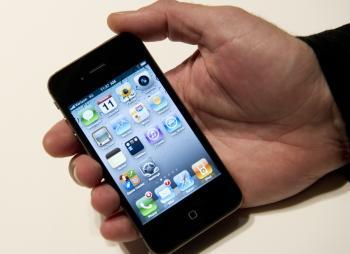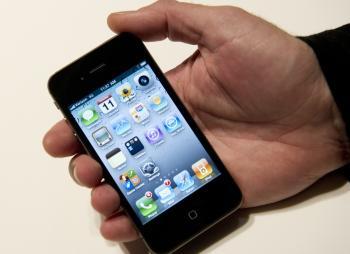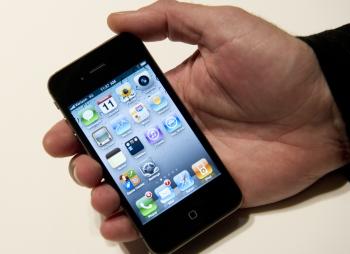On July 22, Apple Inc. finally received approval for a touchscreen patent they had filed 3 years ago. The patent is significant because it grants Apple control over a wide variety of touchscreen types that many common smartphones, including those produced by competitors or that run Google’s Android OS, now use.
The patent, US number 7966578, is for a “computer-implemented method, for use in conjunction with a portable multifunction device with a touch screen display, [that] comprises displaying a portion of page content, including a frame displaying a portion of frame content and also including other content of the page, on the touch screen display.”
The touchscreen device is specified in two separate capacities. The first in “detecting an N-finger translation gesture on or near the touch screen display … translating the page content to display a new portion of page content in the stationary application window … wherein translating the page content includes simultaneously translating the displayed portion of the frame content and the other content of the page,” and the second in “detecting an M-finger translation gesture on or near the touch screen display … translating the frame content in the stationary application window, to display a new portion of frame content on the touch screen display without translating the other content of the page.”
This basically describes being able to access and browse data using only a single finger whilst being able to resize the page or scroll through the frame with two or more simultaneous fingers also. This technology has been popularly implemented on Apple’s iPod, iPhone, and iPad branded products.
The patent will potentially give Apple the ability to wrangle the use of this technology with other producers, possibly preventing them from using it. Apple is already engaged in several lawsuits and licensing deals over its various patents with competitor companies like HTC, Nokia, and Samsung.
The patent, US number 7966578, is for a “computer-implemented method, for use in conjunction with a portable multifunction device with a touch screen display, [that] comprises displaying a portion of page content, including a frame displaying a portion of frame content and also including other content of the page, on the touch screen display.”
The touchscreen device is specified in two separate capacities. The first in “detecting an N-finger translation gesture on or near the touch screen display … translating the page content to display a new portion of page content in the stationary application window … wherein translating the page content includes simultaneously translating the displayed portion of the frame content and the other content of the page,” and the second in “detecting an M-finger translation gesture on or near the touch screen display … translating the frame content in the stationary application window, to display a new portion of frame content on the touch screen display without translating the other content of the page.”
This basically describes being able to access and browse data using only a single finger whilst being able to resize the page or scroll through the frame with two or more simultaneous fingers also. This technology has been popularly implemented on Apple’s iPod, iPhone, and iPad branded products.
The patent will potentially give Apple the ability to wrangle the use of this technology with other producers, possibly preventing them from using it. Apple is already engaged in several lawsuits and licensing deals over its various patents with competitor companies like HTC, Nokia, and Samsung.




